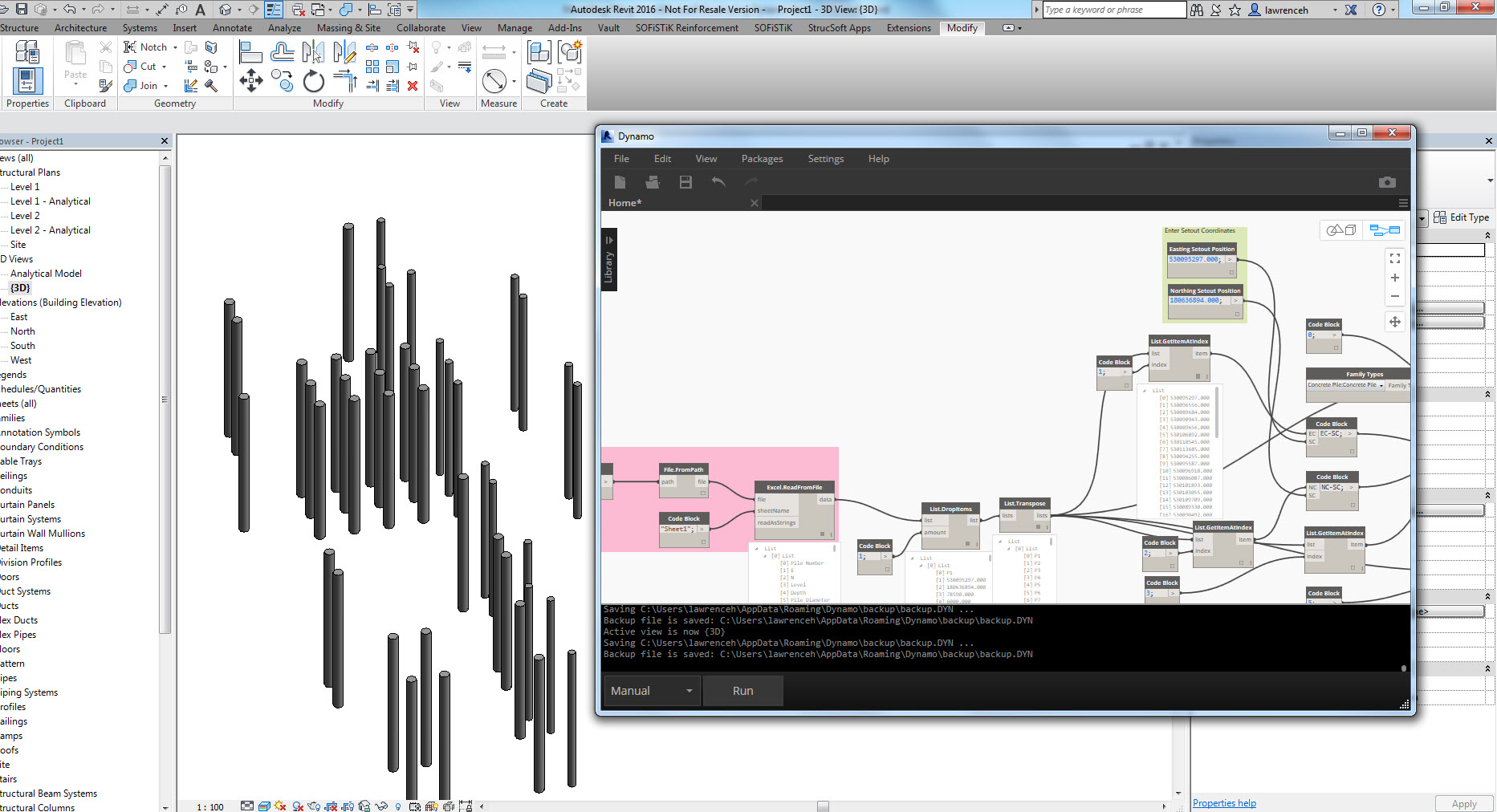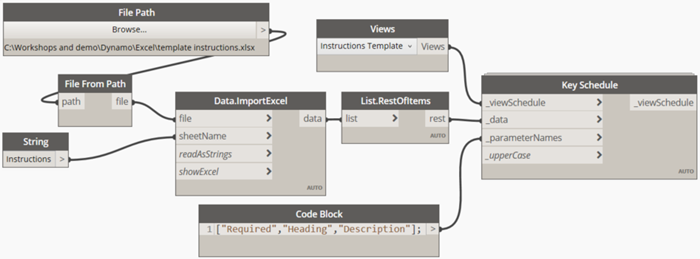Revit Tool Selection for Streamlined Modeling and Layout
Wiki Article
Revit Excel Combination Demystified: Improving Operations for Enhanced Job Control
Are you tired of having a hard time with ineffective project sychronisation and taxing workflows? Look no more, due to the fact that Revit Excel Integration is right here to debunk the process and improve your jobs. With this effective tool, you can enhance task coordination and get rid of the problem of manual data entrance. In this write-up, we will certainly guide you through the value of Revit Excel Assimilation, reveal you how to streamline process, and supply ideal techniques for effective integration. Prepare yourself to transform your job sychronisation easily.The Significance of Revit Excel Combination
You need to comprehend the relevance of Revit Excel integration to successfully simplify your workflows and improve job control. The integration of Revit, a powerful structure details modeling (BIM) software, with Excel, a widely utilized spread sheet program, gives numerous benefits for designers, engineers, and building and construction specialists.

By incorporating Revit with Excel, you can remove manual data entry and reduce the threat of mistakes. This not only conserves time however likewise guarantees accuracy in your job documents. You can update information in Excel, and it will immediately upgrade in Revit, keeping uniformity throughout your task.
In Addition, Revit Excel assimilation boosts task sychronisation by making it possible for efficient partnership among team members. With information integrated in between Revit and Excel, everybody can access the most up-to-date details and interact effortlessly. This promotes smoother communication, reduces problems, and enhances general project performance.
Just How to Enhance Workflows With Revit Excel Combination
Optimize your procedure by effortlessly linking Revit and Excel to streamline your operations. By integrating these two effective tools, you can enhance project sychronisation and improve performance in your job. With Revit Excel integration, you can conveniently move data in between the two systems, enabling for seamless interaction and collaboration.

An additional advantage of Revit Excel combination is the ability to produce custom records and assess data a lot more properly. With Excel's durable functions, you can do innovative calculations, develop charts and graphes, and generate thorough reports based on the information from your Revit versions. This allows you to acquire useful understandings and make educated decisions throughout the project.
Enhancing Job Control With Revit Excel Assimilation
By seamlessly linking have a peek at this site your style software program with powerful data analysis tools, you can significantly improve the control of your tasks. Revit Excel assimilation allows you to streamline your workflows and enhance job sychronisation by getting rid of hands-on information entrance and lowering mistakes. With this assimilation, you can conveniently transfer data in between Revit and Excel, ensuring that all project information depends on day and exact.Among the vital advantages of Revit Excel combination is the capability to import and export data between the two software perfectly. This suggests that you can conveniently import existing task information from Excel into Revit, saving you effort and time in coming back details. You can export task information from Revit to Excel, allowing you to perform innovative evaluation and computations using the effective functions of Excel.
Additionally, Revit Excel integration allows you to develop dynamic web links in between both software (revit tool). This indicates that any adjustments made in Revit will immediately update in Excel, and the other way around. This makes sure that all project stakeholders are functioning with one of the most up-to-date information, boosting job coordination and reducing the risk of mistakes
Overcoming Challenges in Revit Excel Assimilation
When getting rid of difficulties in the assimilation of Revit and Excel, it's crucial to make sure seamless data transfer and lessen errors. One common obstacle is the compatibility of data layouts between Revit and Excel. To tackle this, you can make use of plugins or add-ins that promote the conversion of data from one format to an additional. These tools aid preserve the integrity of the information during the transfer process.An additional challenge is the lack of synchronization between Revit and Excel. It's crucial to establish a clear process that makes certain both platforms are updated in real-time. This can be accomplished by making use of cloud-based collaboration tools or establishing a system for routine information syncing.
Dealing with large datasets can likewise be troublesome. When it comes to taking care of huge quantities of information, revit and Excel have various capabilities. To overcome this challenge, you can split the data into smaller, manageable chunks or use data filtering techniques to concentrate on particular areas of interest.
Lastly, human error can lead to discrepancies between Revit and Excel data. It is necessary to educate group participants on the assimilation procedure and develop high quality control procedures to catch any type of errors. Regular audits and cross-checks can assist recognize and fix any kind of incongruities.
Finest Practices for Successful Revit Excel Integration
To make certain successful assimilation of Revit and Excel, it's important to comply with some best methods that will certainly help enhance your workflow and lessen mistakes. Additionally, when connecting Excel information learn the facts here now into Revit, guarantee that the information is complimentary and tidy from any format issues that can create mistakes.Another essential method is to consistently update your Excel data in Revit. Make it a practice to evaluate and update the information at routine intervals, especially when modifications are made to the job.

Verdict
So, there you have it - revit Excel assimilation does not need to be a daunting job. By improving your operations with this effective mix, you can boost job sychronisation and accomplish higher effectiveness. Remember to overcome any obstacles that might emerge and adhere to finest methods for successful assimilation. With revit Excel assimilation debunked, you'll be well on your method to taking full advantage of the capacity company website of these tools and taking your tasks to brand-new heights.You can export your Revit routines to Excel, make changes or updates in Excel, and after that import the upgraded data back right into Revit with just a couple of clicks. Revit Excel combination permits you to simplify your process and improve task sychronisation by eliminating hands-on data access and decreasing mistakes. With this combination, you can easily move data between Revit and Excel, ensuring that all task information is up to day and accurate.
You can export job data from Revit to Excel, enabling you to perform sophisticated analysis and computations making use of the powerful attributes of Excel.
Additionally, when connecting Excel information into Revit, make certain that the information is clean and cost-free from any kind of formatting concerns that could trigger mistakes.
Report this wiki page